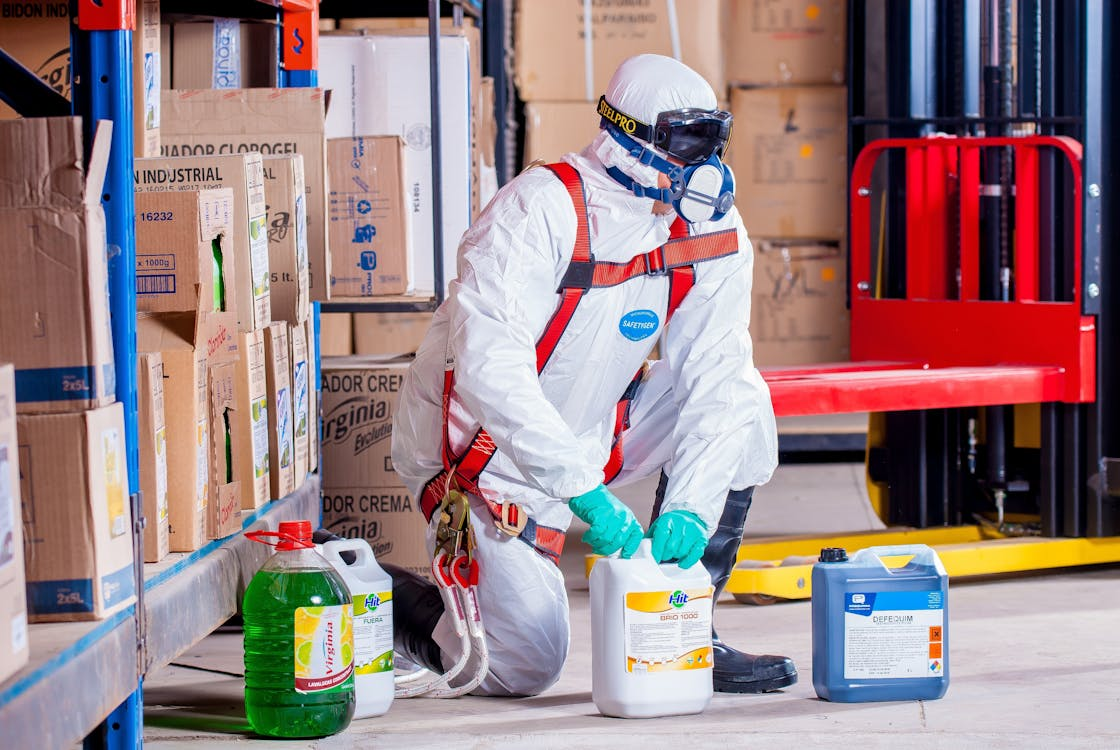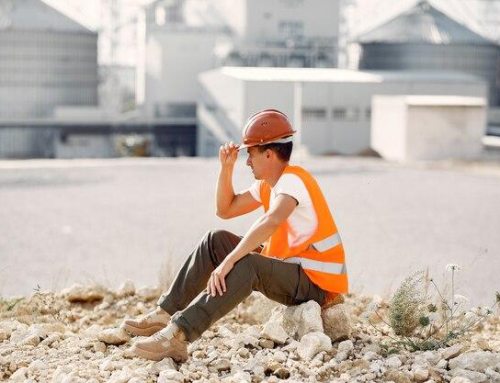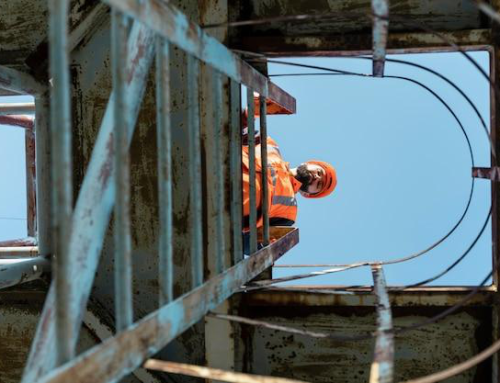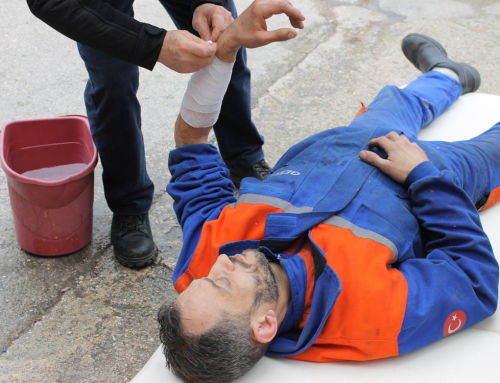Chemical spills can occur in various settings, from industrial plants to laboratories and even at home. When such accidents happen, the consequences can be severe, leading to chemical exposure that may result in serious injuries or long-term health effects. Proper handling of chemical spills is critical to minimizing harm and ensuring a safe environment. This blog will guide you through the necessary steps to take when dealing with chemical spills, emphasizing safety measures and first aid procedures. Whether you’re an individual working in a high-risk environment or someone looking to enhance your knowledge of chemical safety, understanding these procedures is essential.
Understanding Chemical Exposure:
Before diving into the specific steps to handle chemical spills, it’s important to understand what chemical exposure entails. Chemical exposure occurs when harmful substances come into contact with the skin, eyes, respiratory system, or are ingested. The severity of exposure can vary depending on the chemical’s properties, the concentration, and the duration of contact.
Chemical exposure can lead to various health issues, including skin burns, respiratory problems, and even systemic toxicity. Immediate response and proper safety measures can significantly reduce the risk of injury and long-term damage. This is where comprehensive knowledge from first aid training courses, advanced first aid courses, and intermediate first aid courses becomes invaluable.
Immediate Response to Chemical Spills:
When a chemical spill occurs, the initial moments are critical. Quick and decisive action can prevent further exposure and contain the spill. Here’s what you need to do:
- Assess the Situation: The first step in responding to a chemical spill is assessing the situation. Determine the type of chemical involved, the volume of the spill, and the immediate risks to yourself and others. If you’re in a workplace setting, refer to the Material Safety Data Sheet (MSDS)for specific information on the chemical’s hazards and handling instructions.
- Evacuate the Area: If the spill involves a large quantity of a hazardous chemical or occurs in a confined space, it may be necessary to evacuate the area. Confined space trainingprovides essential knowledge on how to safely exit areas where chemical spills could lead to dangerous concentrations of toxic vapors or gases.
- Use Personal Protective Equipment (PPE):Don appropriate personal protective equipment (PPE) before attempting to manage the spill. This may include gloves, goggles, respirators, and protective clothing. Using PPE is vital to prevent chemical exposureduring spill cleanup.
- Contain the Spill: If it’s safe to do so, contain the spill to prevent it from spreading. Use absorbent materials, spill containment kits, or barriers to keep the chemical from contaminating a larger area. This step is crucial in minimizing the scope of the spill and reducing the risk of exposure.
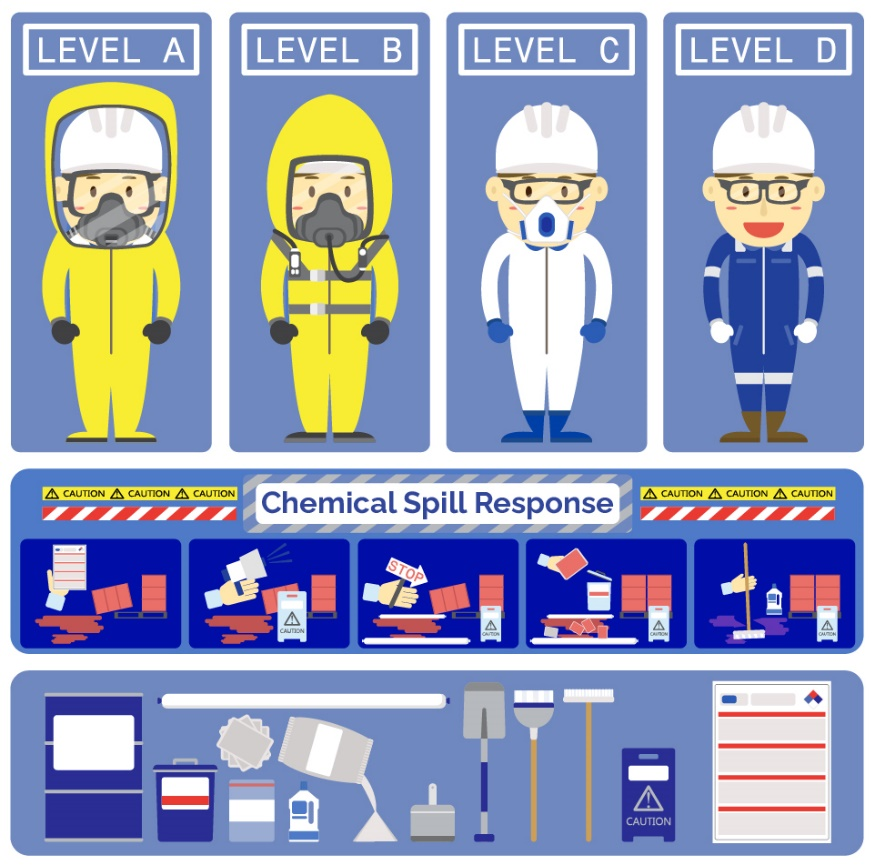
Workers effectively contain a chemical spill using absorbent materials to prevent further exposure and contamination.
First Aid Procedures for Chemical Exposure:
Even with the best precautions, chemical exposure can still occur. Knowing how to administer first aid immediately after exposure is vital in reducing harm and promoting recovery. Here’s a guide on how to provide first aid for different types of chemical exposure:
Skin Exposure:
When chemicals come into contact with the skin, they can cause burns, irritation, or allergic reactions. Immediate action is necessary to prevent further absorption and minimize damage.
- Remove Contaminated Clothing: Quickly remove any clothing or accessories that have come into contact with the chemical. This will prevent the chemical from spreading to other areas of the body.
- Rinse the Affected Area: Flush the affected skin with copious amounts of water for at least 15-20 minutes. This helps dilute and remove the chemical from the skin. If you have undergone basic first aid trainingor advanced first aid courses, you’ll recognize the importance of continuous rinsing to avoid further complications.
- Seek Medical Attention: After initial first aid, seek medical attention even if the symptoms seem mild. Some chemicals can cause delayed reactions or systemic effects that require professional medical treatment.
Eye Exposure:
Chemical exposure to the eyes is particularly dangerous and can lead to vision loss if not treated promptly.
- Flush the Eyes: Immediately rinse the eyes with water or an eye wash solution for at least 15 minutes. Hold the eyelids open to ensure that the water reaches all areas of the eye. Avoid using any chemicals or solutions other than water unless specified in the MSDS.
- Remove Contact Lenses: If the person is wearing contact lenses, remove them carefully while continuing to rinse the eyes. This prevents the lenses from trapping the chemical against the eye.
- Seek Immediate Medical Help: Eye injuries from chemical exposure are emergencies. After flushing the eyes, seek immediate medical assistance to assess the damage and receive appropriate treatment.
Inhalation Exposure:
Inhaling chemical vapors or fumes can result in respiratory distress, coughing, or even loss of consciousness. Prompt action is necessary to ensure the affected person receives enough oxygen and avoids further exposure.
- Move to Fresh Air: Quickly move the affected person to an area with fresh air. If the spill occurred in a confined space, this step is even more critical, as toxic fumes can accumulate quickly, leading to asphyxiation.
- Monitor Breathing: If the person is having difficulty breathing, monitor their condition closely. Administer CPR if they stop breathing, provided you have been trained in Basic first aid training or Advanced first aid courses.
- Seek Emergency Medical Assistance: Respiratory issues from chemical inhalation are serious and require professional medical intervention. Call emergency services or transport the person to the nearest healthcare facility as soon as possible.
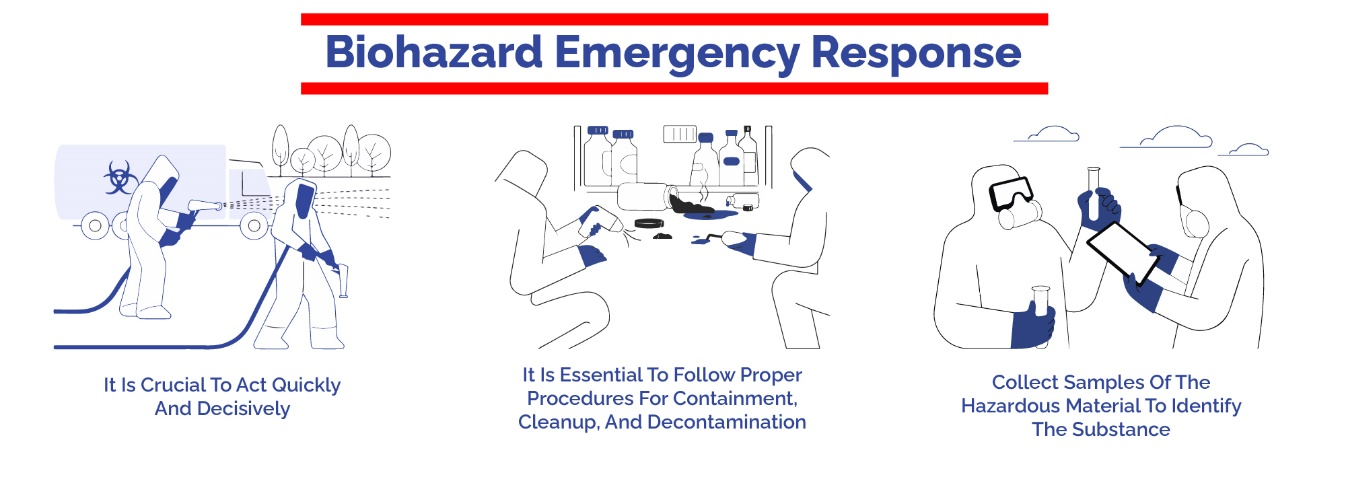
A biohazard team in full protective gear responds to an emergency chemical spill, following strict safety protocols.
Preventive Safety Measures:
Preventing chemical spills is the best way to avoid the risks associated with chemical exposure. Implementing comprehensive safety measures in the workplace can significantly reduce the likelihood of spills and ensure a prepared response if they do occur.
Proper Storage and Handling:
One of the most effective ways to prevent chemical spills is through proper storage and handling. Chemicals should be stored in appropriate containers that are clearly labeled and compatible with the substance they contain. Additionally, these containers should be kept in well-ventilated areas, away from incompatible substances, heat sources, or direct sunlight.
When handling chemicals, employees should be trained in safe practices, including the correct methods of transferring chemicals between containers and using spill containment methods. Fall protection training and confined space training are also essential for workers in environments where the risk of falls or limited access may increase the danger of chemical exposure.
Regular Safety Drills and Training:
Conducting regular safety drills and training sessions ensures that all employees are familiar with the procedures for handling chemical spills. First aid training courses, including advanced first aid courses and intermediate first aid courses, should be part of this training to equip employees with the necessary skills to respond to chemical exposure incidents effectively.
These training sessions should cover the proper use of personal protective equipment, spill containment techniques, and first aid procedures specific to the chemicals used in the workplace. Additionally, periodic refresher courses can help keep safety protocols fresh in employees’ minds.
The Importance of a Spill Response Plan:
Every workplace that handles chemicals should have a spill response plan in place. This plan outlines the steps to be taken in the event of a chemical spill, including who is responsible for each action, how to communicate the incident, and what resources are available for spill cleanup.
The spill response plan should be readily accessible to all employees and include detailed instructions for dealing with specific types of chemical spills. Regularly reviewing and updating the plan ensures that it remains relevant and effective in protecting employees from chemical exposure.

A trained professional disinfects a contaminated area to eliminate chemical hazards, ensuring a safe environment.
Be Prepared, Stay Safe:
Handling chemical spills requires a proactive approach to safety and preparedness. By understanding the risks of chemical exposure and knowing the appropriate safety measures and first aid procedures, you can minimize harm and ensure a swift response to any spill. Investing in proper training, such as first aid training courses, advanced first aid courses, intermediate first aid courses, and fall protection training, equips you and your team with the knowledge and skills needed to handle chemical spills effectively.
For those in Vancouver and Surrey, Metro Safety Training offers comprehensive courses designed to help you manage chemical spills and other workplace hazards with confidence. We ensure that your workplace is prepared and that you and your colleagues are equipped to handle emergencies by enrolling in these vital training programs.
Contact Metro Safety Training today to learn more about how you can enhance your safety practices and protect your team from chemical exposure.


